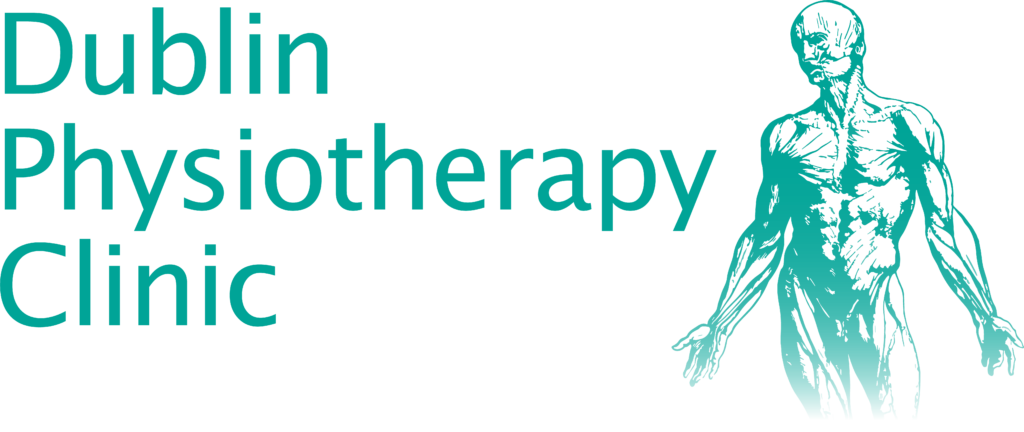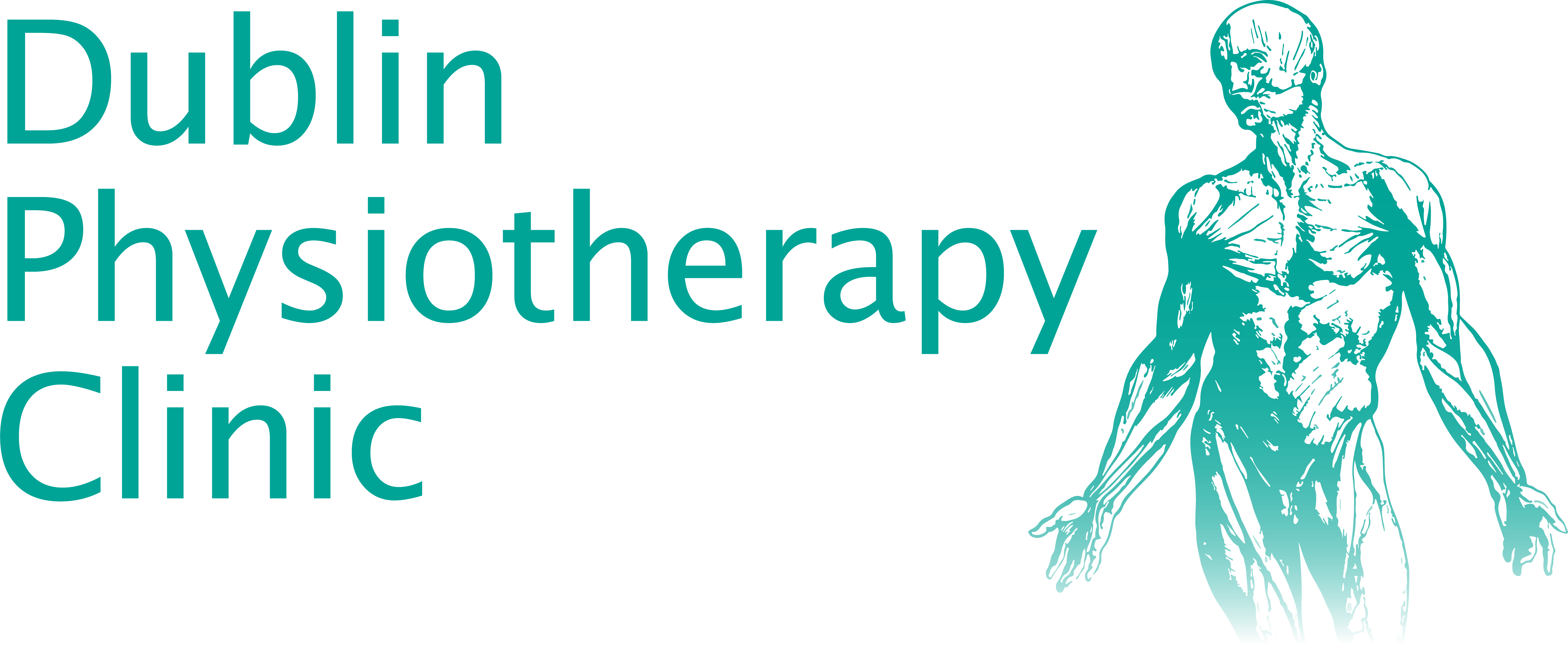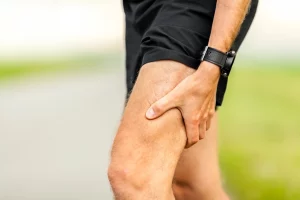Do you ever feel that you don’t get enough benefit from the time you spend stretching? This is a scenario we see frequently in clinic where people tell us that they feel stiff with certain movements whether that’s activities of daily living bending to put shoes and socks up putting their arms in a jacket twisting and turning in bed at that level. Or people who are playing sport tell us that they feel stiff that they feel that they could easily pull a muscle usually a hamstring or a groin or a calf. So that’s a pretty common scenario that one encounters clinically. And the question then is really why if people have been doing this stretching why do they not see a practical benefit from this. And there are a number of reasons they’re involved without that. I thought will be worth discussing today.
The first thing to establish of course is whether there is a lack of actual movement. So if you find difficulty getting down to put your shoes and socks on. There are a number of different structures that are involved in that movement pattern you need to be able to bend from your spine. So when we examine those areas clinically we can determine whether they’re the movement in the joints and in the surrounding tissues is actually restricted and that’s very important to establish because it’s quite common for movements to feel stiff not because you don’t have the flexibility but because the muscle strength is limited and therefore weak muscles are working very hard to support and control body weight and because they’re working so hard they feel really stiff and tense but the actual underlying problem is a lack of strength and that’s really really important to identify clinically because the treatment strategy there is completely different from just doing stretchers.
So a proper systematic examination gives us some information whether first of all there is a mechanical restriction in the tissues and I use that term generally because we need to break down where the tissue restriction is. So all of those different structures will influence and can interfere with movement if they’re if they’re compromised or sensitive. So a proper examination needs to try to identify where the restriction is and what the cause of it is. So I suppose nowadays you see an awful lot of information online about foam rolling and soft tissue work and my myofascial therapies and of course the important thing to recognize there is that those therapies are directed entirely towards the muscle tissues primarily muscle and probably Fascia.
So if the restriction is in those tissues which really you can identify from systematic examination then those kind of treatments whether they’re performed by a therapist or as a self-directed treatment. And the question really is well if you are using those kinds of treatments and you’re not really getting a benefit question as well why is that the case. One of the common things we see really is that the tissues that are restricting movement aren’t the more superficial tissues near the surface which are foam roller or a spiky ball or any of those kinds of myofascial devices which they can get at. But the actual restriction is in the deeper tissues usually either the ligaments that surround the joints the capsule that surrounds the joint which is like a balloon like structure which is an integral part of-of most joints in the body. So working on foam rolling muscles and walking on trigger points really is completely missing me missing the point. Sometimes you’ll have coexisting tightness in the muscles and coexisting joint stiffness but if your treatment techniques are only targeting the Muscle then that is a common reason for not seeing enough change of flexibility.
So if the restriction of movement is in the joints themselves then usually that needs some combination of manual therapy to stretch and distract the joint in different directions to try and give more elasticity and where you can really only tell from physical examination and a trial course of treatment whether that’s going to be effective or not you usually know within three or four treatments whether various types of manipulative techniques are improving the elasticity of the joints and that when you’re actually seeing a practical benefit in terms of more flexibility. So that’s an important thing to establish now on one end of the scale if joints have got very degenerate and where there’s a lot of wear and tear and that would be people in an older age bracket generally. What happens there when the joints is that not only does the joints surface become worn but you’ll get some extra bone formation around the margins of the joints which can sort of pinch and catch in the joints and also the capsular structures for a call the peri isn’t particular structures.
They can become leathery and thickened as well and very frequently clinically depending on what stage or what where on the scale the individual is if you get more elasticity around the joint. You take away some of the compression on the joints surface and even if there is some wear and tear there just by having more elasticity you can reduce the symptoms quite significantly. However if it’s gone too far and attempts to try and restore mobility just cause pain in the joint that’s not a good prognostic sign because it means that the joint has undergone significant change and any attempt to try and restore mechanics in the joint just end up provoking it and being counterproductive.
And again you see that over a three or four treatments maximum but that’s an important thing to establish clinically because it means that that type of treatment approach is no longer going to yield any useful results. But of course it also means then that that movement is now lost from the joint and that’s a case of then whether the surgical approach required or can even manage and just try to adapt around it but it means a knock on to get normal function back in the joint. So that’s a very important thing to establish clinically with a certain cohort of the population with degenerative change. The other common reason and probably more so in the sporting environment where we see people feeling tightness usually in the hamstring or the groin are the calf and they may initially be stiff with moments so they do stretches and warm ups or stretch ups stretches during games which loosen the tissues off but they still feel like they’re tense and tight and they want to keep stretching them. But when we examine them in clinic we find that there’s no actual loss of flexibility in those joints or in them in the muscles should I say and that’s a very important distinction too because what we know is going on clinically there is that the muscles are tight because they are trying to compensate for other muscles which aren’t functioning well. So the feeling of tightness that you get is not because of a lack of flexibility it’s because of a massive increase in tension in the muscle. And that’s very important to identify because continuing to stretch that won’t make any difference at all. The solution there is to delve deep to find out where the muscle imbalances are. This may be around the core maybe around the hip musculature can even be lower down the leg in the calf and foot. So very important to identify if there are deficit deficits in those regions because just stretching tightness when there isn’t a lack of flexibility isn’t gonna yield any useful results, of course, there are a lot of other coexisting factors depending on the positions that you spend your day in if you are predominantly sitting. Then you can get adaptive changes at tissue elasticity changes with time so typically over the age of 40 we certainly become less elastic and the need to do counteractive stretches depending on our activity levels is habitual usage that can require more input. Of course, there are systems of approach like yoga obviously yoga is very much a flexibility focused type of regime which is very very beneficial. But of course, if you don’t have the time to commit to a yoga class then you can certainly do your own routines that are specifically structured for your movement directions. That’s another thing we see clinically where people say that they’ve been doing some stretches that haven’t been very effective. But when we analyze what they’ve been doing they’re not stretches that are specific to the direction of movement that they’re restricted in. So you can be a busy fool doing generic exercises that that that might stretch in certain directions but they’re not the directions of motion that you’re restricted in. So that’s a fairly common reason to where we don’t see as much benefit as one would like from specific stretching. And of course the message here really is that one needs to really identify the underlying causes of what feels like movement restrictions are uncomfortable movements because the treatment strategies are very different. And yet there are often a lot you can do as a home regime but one needs to identify the correct things to be working on. So that’s a situation we see on a daily basis in clinic and I just thought it was worth sharing some of those thoughts with you if you’re if you’re in that situation where you feel your movements are restricted and not as fluid as you would like them but you’re not getting the benefits from the stretches that you’ve been working with.
See you again in another video.
Bye for now.





